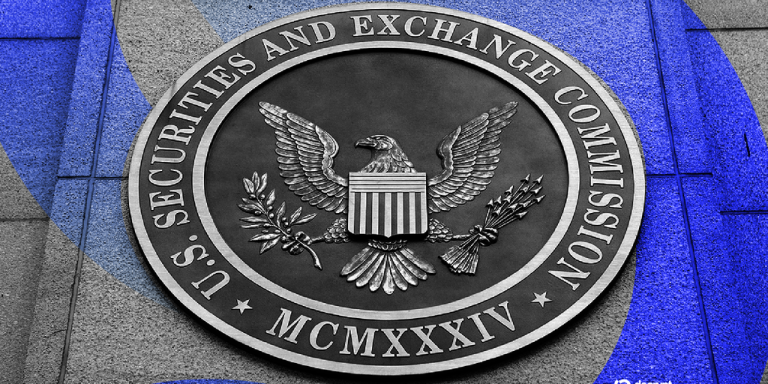
Robinhood Markets has solidified its position as a major player in the financial services industry, marking a remarkable transformation over the past two years. Joining the S&P 500 in September 2025, Robinhood’s financial performance and evolution from a simple trading platform to a diversified financial services entity continue to grab attention worldwide.
Surging Stock Price and Stellar Financial Growth
Robinhood’s stock has soared over 400% in the past year, reflecting investor confidence in the company’s improved business model. Once criticized for its reliance on payment-for-order-flow revenue, Robinhood has successfully diversified its income streams. The company’s Q3 2025 revenue reached $1.19 billion, with an earnings per share (EPS) of $0.48, meeting analyst expectations.
Just two years ago, such profitability seemed unlikely. In 2023, Robinhood reported a $541 million loss. By 2024, it achieved profitability with $1.4 billion in profit, signifying a swift and impressive turnaround. Its gross margin now stands at 88.35%, showcasing strong operational efficiency.
Expanding Beyond Trading
Originally recognized as a commission-free trading app for retail investors, Robinhood has expanded its horizons into full-suite financial services. Beyond trading, the company now offers:
- Savings accounts: Competitive interest rates and ease of use.
- Debit cards: Seamless integration with its app ecosystem.
- Cryptocurrency trading: A major growth catalyst as digital asset volumes surged in 2024 and 2025.
- Tokenized stock offerings: Exploring innovative blockchain solutions across Europe.
These strategic additions ensure Robinhood serves over 26 million users with diverse financial needs, further reducing its dependence on volatile trading revenue. Subscription services like Robinhood Gold and interest income also play a significant role in stabilizing the company’s revenue mix.
Institutional Recognition and Market Position
The inclusion in the S&P 500 is a testament to Robinhood’s growing credibility, aligning the company with leading financial institutions. This milestone also paves the way for automatic inflows from index funds and ETFs, providing further stability to its stock performance.
With a current stock price of $146.78 and a market capitalization of $130 billion, Robinhood remains an attractive investment choice for retail and institutional investors. Its 52-week price range of $23.54 to $153.86 demonstrates strong capital appreciation potential, and trading volumes further highlight sustained market interest.
What’s Next for Robinhood?
As crypto markets recover and blockchain technology gains broader acceptance, Robinhood is well-positioned to capitalize on these trends. The company’s exploration of tokenized stock offerings in Europe underscores its commitment to innovation. Additionally, planned new features, such as cash delivery for customer withdrawals, indicate its readiness to compete with traditional banking systems.
For those inspired by Robinhood’s innovative journey, check out the Comprehensive Guide to Investing with Robinhood. This resource covers strategies, tools, and tips for leveraging the platform effectively.
Final Thoughts
Robinhood has transitioned from a startup disrupting Wall Street to a major financial institution earning its place in the S&P 500. By continuing to diversify its offerings and adapt to market trends, the company exemplifies how innovation and strategic vision can drive growth.





